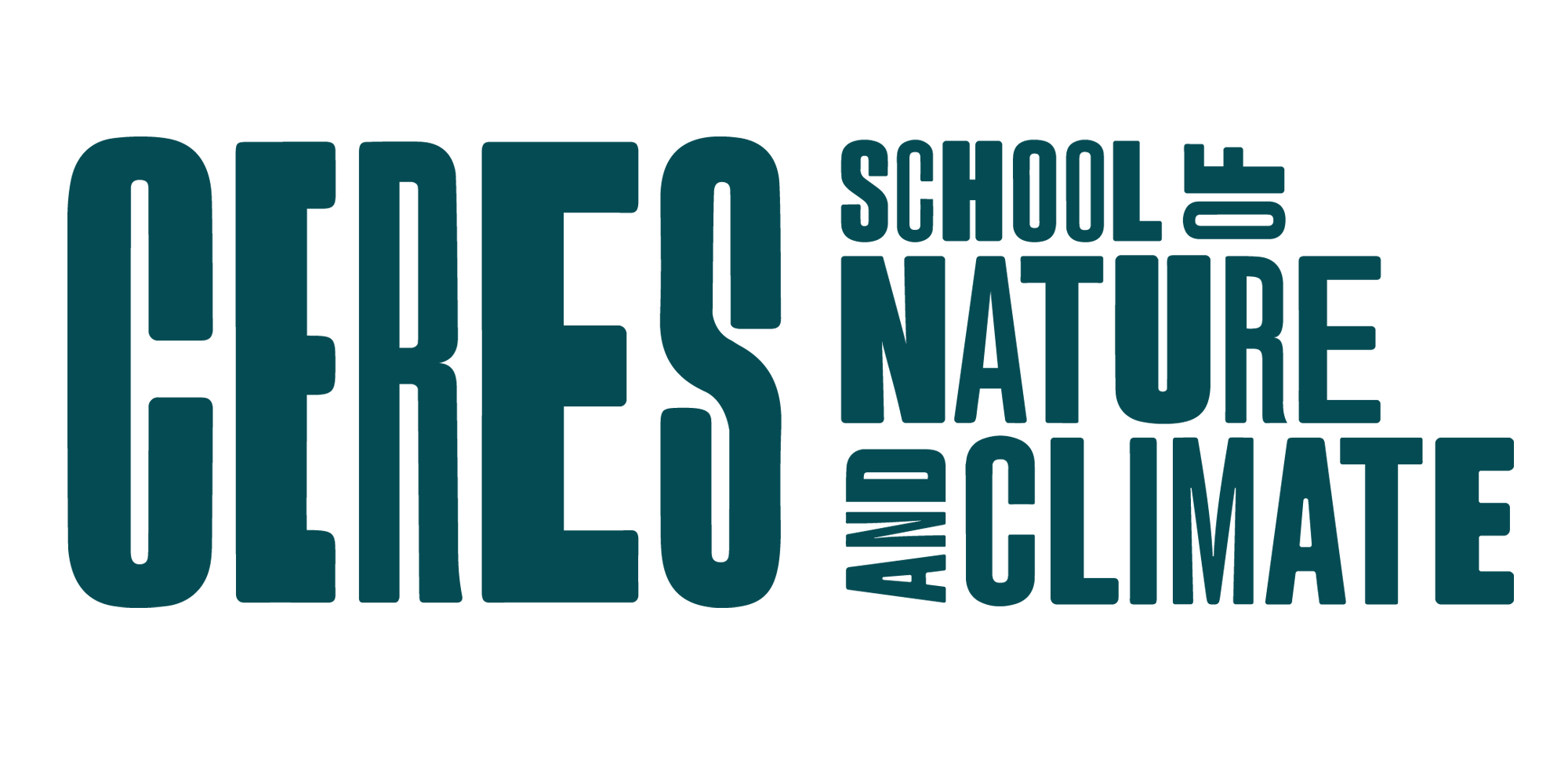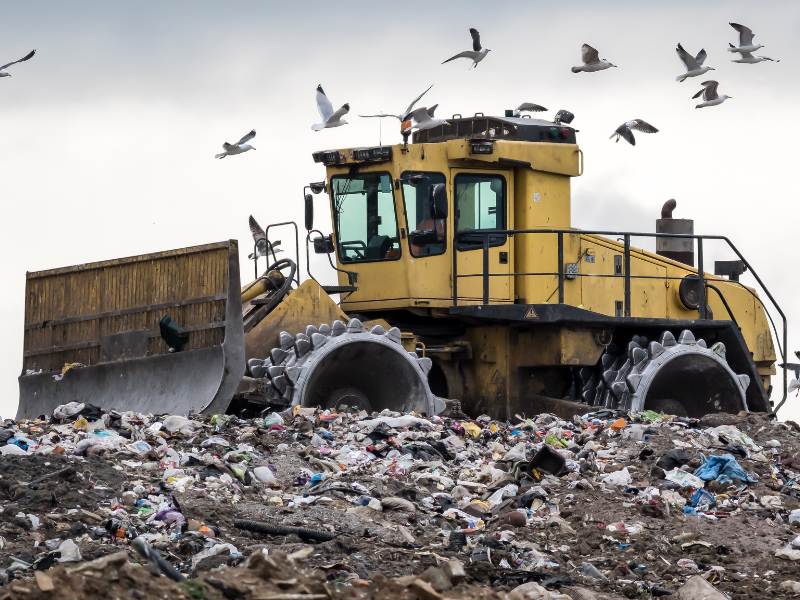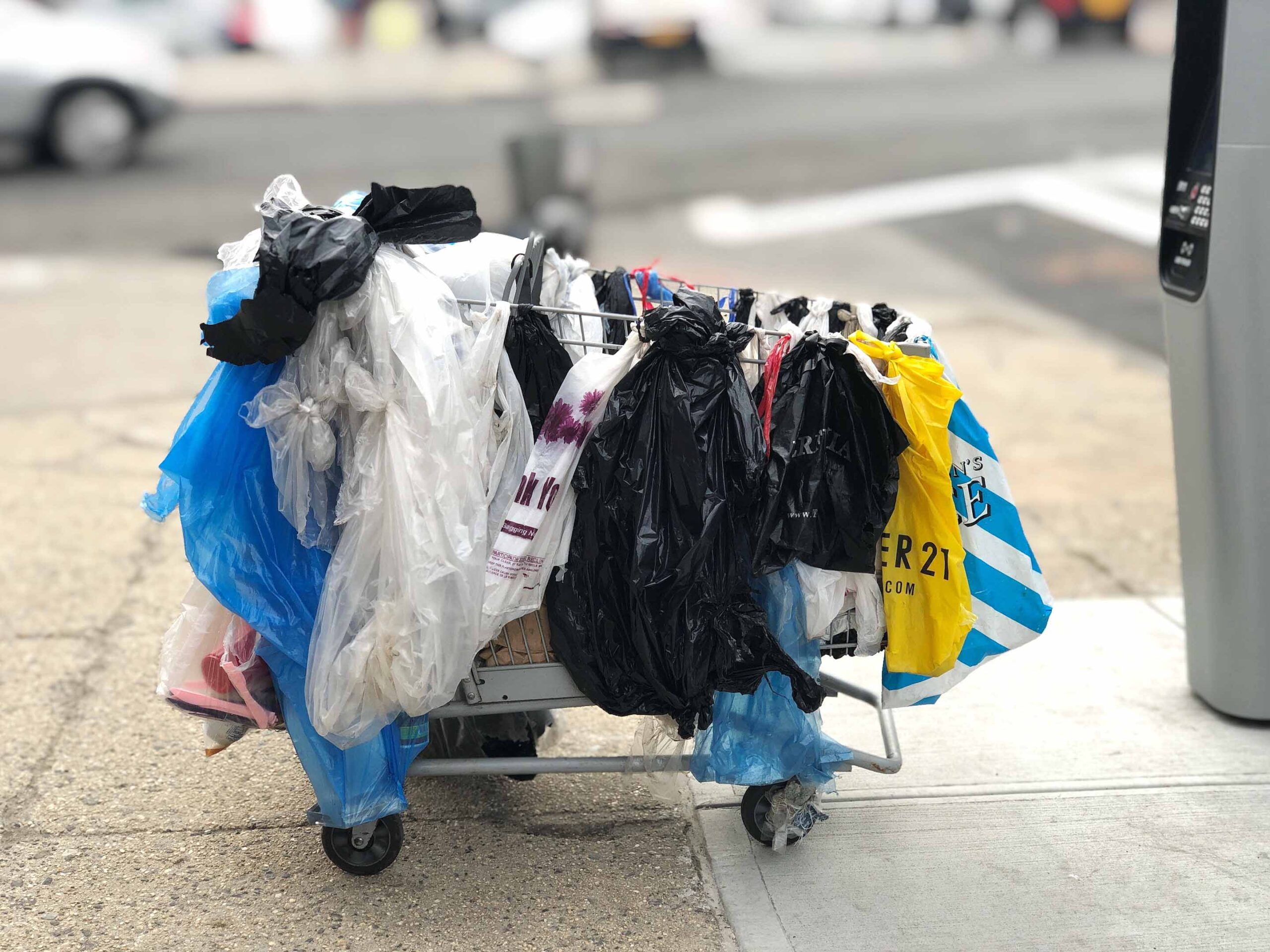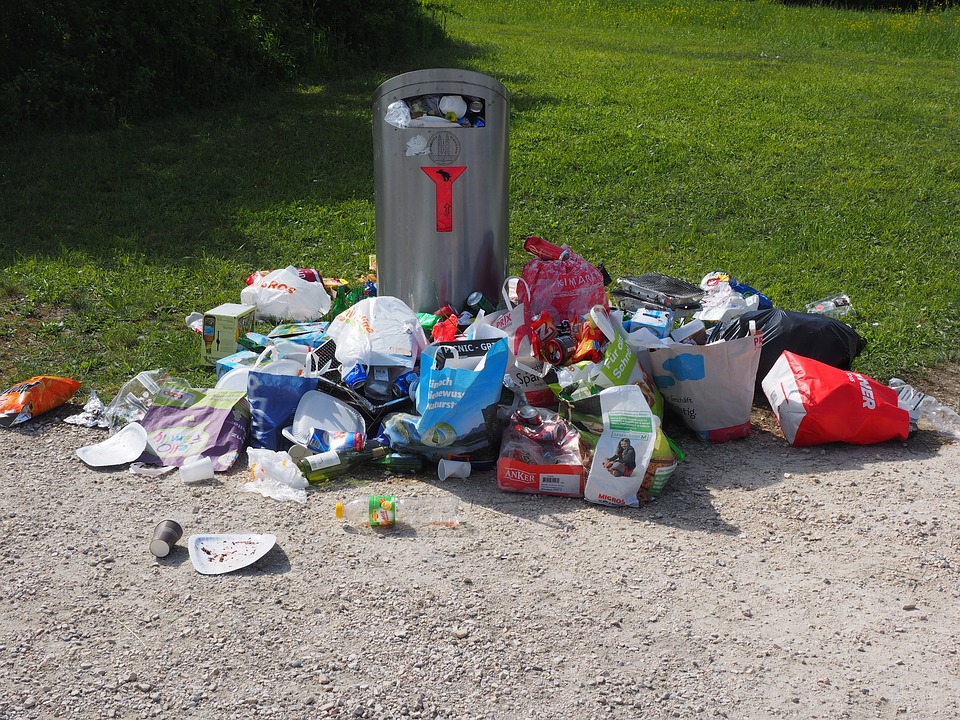Waste Breakdown Curriculum Activity
Suitable for Secondary (Years 7-10)
Victorian Curriculum Links:
Science
7-8: (VCSSU100)
Geography
9-10: (VCGGK142)
Design & Technologies
7-8: (VCDSTS043)
9-10: (VCDSTS054)
Activity Description
The Waste Breakdown activity raises awareness of the time required for waste materials to break down and how this can take many years, especially in landfill where air, water and light are scarce. Students consider different materials, their properties and characteristics, in order to allocate them a correct timeframe for breaking down in a landfill site. Students are then invited to consider design solutions or alternatives based on the 5Rs: Rethink, Refuse, Reduce, Reuse and Recycle.
Key Concepts
Landfill, Food Waste, Plastics, Biodegradability, 5Rs (Refuse, Rethink, Reduce, Reuse, Recycle)
Key Learning Intentions
1. Understand how long items remain in landfill and their impact on our environment over time
2. Develop a greater understanding of different material resources, their properties and characteristics
3. Explore waste solutions and alternatives through closed-loop systems, redesign, and/or the 5Rs (Rethink, Refuse, Reduce, Reuse, Recycle)
Suggestions for Assessment
Formative
1. Participation in the Waste Breakdown activity
2. Participation in the Discussion questions below
Instructions
1. Brainstorm
Spend a few moments brainstorming the waste items that we commonly dispose of into landfill.
2. Put the timeline together
What happens once these items are in landfill? Look at the cards you’ve been given of various waste materials. Allocate each object to the correct time frame you think it would take for the item to break down in landfill.
3. Discussion
1. Which items are fastest to break down? Provide one possible reason for why this is the case
- Plastic bags
- Aluminum can
- Plastic bottle
2. What are the impacts of landfill on our environment? Consider both the short-term and long-term impacts.
3. Next to each item on the timeline, allocate an estimated ‘time-in-use’, i.e. how long the item may have been used before being discarded. How does this compare to its landfill life span?
4. Choose one of the following objects and suggest ways we could Rethink, Refuse, Redesign, Reduce, Reuse or Recycle this object:
- Plastic bags
- Aluminium can
- Plastic bottle
Suggested ResourceSmart Schools Module Links
Undertaking the activity as described above links to the ResourceSmart Schools Waste Module – actions B1.2, B1.3
Below is a list of extension activities that link to additional actions of the Waste module:
- Students undertake a litter survey of the school grounds and estimate how long it will take for each piece of litter to break down in the environment (ResourceSmart Schools Waste Module – actions A1.2, B1.3)
- Students undertake a general waste bin audit and create recommendations based on contamination and opportunities to minimise waste to landfill (ResourceSmart Schools Waste Module – actions A1.1, B1.3, C2.1)
- Students run a Nude Food lunch day at school to raise awareness around packaging and waste. Follow up with a whole school community survey to investigate opportunities to hold these on an ongoing basis (ResourceSmart Schools Waste Module – actions A3.1, A3.2, B1.4, C1.2, C2.1)
- Invite local indigenous group/s to share their perspectives on waste and traditional uses of resources within an ecosystem (ResourceSmart Schools Waste Module – actions B1.5, B1.6)
- Students write a learning story about key findings of the activity and share in your school’s newsletter and website, including recommendations for waste minimisation at school and at home (ResourceSmart Schools Waste Module – actions C1.1, C1.3, C3.5)
- Students undertake the Plastic Free July challenge to eliminate as much plastic from their lives atboth school and at home, learning new skills to create their own products where possible (e.g.toothpaste, cleaning products, etc.). Include ideas and tips in the school newsletter throughout the month of the challenge (ResourceSmart Schools Waste Module – actions C3.3, C1.1, C1.3)
- Run a drive at the school to collect materials for social support and/or charity. Items could include clothing, used furniture, bikes, toys and other goods (ResourceSmart Schools Waste Module – actions A6.3, C1.1, C3.3)
- Start a phone drive or collection bin for electronic waste materials at the school. You can partake in projects such as Melbourne Zoo’s campaign ‘They’re Calling on You’ (ResourceSmart Schools Waste Module – actions C3.3, A6.3)
Speak to your CERES ResourceSmart Schools Facilitator about further links to the Waste Module.
Related programs








